What is the black aluminum oxide used for photovoltaic packaging?
For decades, white alumina ceramics1 have been the go-to material in electronic and optoelectronic packaging — valued for their high electrical insulation, mechanical robustness, and thermal stability.
Yet, as devices evolve toward miniaturization, higher power density, and optical precision, engineers face new challenges.
The high reflectivity of conventional white ceramics often causes stray light interference, degrading the performance of optical and sensor systems.
To overcome these limitations, black alumina ceramic materials2 have emerged as a breakthrough solution — combining all the benefits of alumina with enhanced light absorption, low reflectivity, and high structural integrity for next-generation packaging applications.
What Is Black Alumina Ceramic?
Black alumina ceramics are developed by doping alumina with specific metal or non-metal ions, creating a stable dark surface that absorbs visible light effectively.
This modification does not compromise the base material’s insulation or mechanical strength, but rather enhances its optical control and heat dissipation performance — making it ideal for high-reliability optoelectronic and MEMS packaging.
Key Technical Advantages of Black Alumina Ceramics
(1) Superior Light Absorption & Anti-Reflective Properties
In high-precision optical applications, uncontrolled reflection can lead to signal noise and laser instability.
Unlike semi-transparent white alumina, black alumina ceramics exhibit low reflectivity and strong light absorption, effectively blocking stray light within the packaging cavity.
This ensures the purity of optical signals, minimizes interference, and enhances image and laser performance — crucial in laser diode modules, optical sensors, and imaging systems.
(2) Enhanced Heat Dissipation for High-Power Devices
During sintering, the addition of carbon-based or metal oxide dopants significantly improves infrared absorption and thermal radiation capacity.
This enables faster heat transfer and release, preventing thermal accumulation and reducing device stress under continuous high-power operation.
As a result, systems maintain stable temperatures, ensuring longer device lifespan and greater reliability.
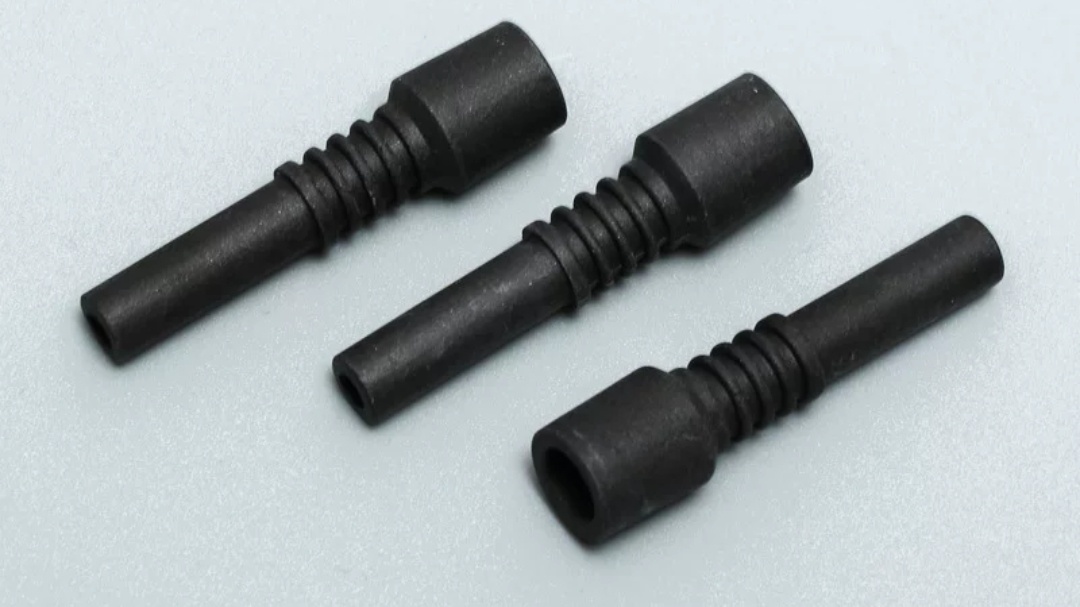
(3) Effective Electromagnetic Shielding — The Hidden Defender
Through microstructure design and tailored doping systems, black alumina ceramics can absorb or reflect electromagnetic waves while maintaining electrical insulation.
This dual property provides EMI (Electromagnetic Interference) shielding, preventing signal leakage and blocking external electromagnetic noise — creating a more stable operational environment for sensitive electronic modules.
Note: Not all black alumina variants inherently provide EMI protection.
Custom formulations or conductive phase additions are required for high-performance shielding applications.
(4) Retaining Core Ceramic Advantages
Black alumina continues to deliver all the hallmark strengths of traditional alumina materials:
- High electrical insulation – suitable for power electronics and IC substrates
- Excellent mechanical strength – supports long-term structural stability
- Thermal expansion compatibility – minimizes stress and delamination
- Outstanding chemical resistance – tolerates cleaning, soldering, and harsh conditions
These characteristics make black alumina a reliable foundation for advanced packaging designs.
(5) Compatible with Metallization and Complex Packaging
The surface of black alumina can undergo various metallization processes3, including Ni, Ag, or Mo/Mn coatings, enabling secure soldering, glass sealing, and wire bonding.
This ensures mechanical stability and hermetic sealing, fulfilling the stringent requirements of vacuum and optical packaging systems.
Application Fields
🔹 Laser Diode & Photodetector Packaging
As substrates or isolating spacers, black alumina ceramics efficiently absorb internal stray light, enhance laser beam purity, and maintain high mechanical and electrical integrity, making them indispensable for laser diode and photodetector modules.
🔹 Camera Module Components & Optical Pads
Used as black support blocks or shading pads, they minimize light reflection and cross-interference, ensuring image clarity, contrast, and color accuracy in compact camera and projection modules.
🔹 Sensor Bases & MEMS Enclosures
In MEMS, optical, and microelectronic sensors, black alumina serves as chip bases or shell materials, providing both thermal matching and optical isolation — protecting device performance from environmental and optical disturbances.
🔹 Vacuum Packaging Substrates
In vacuum and hermetic systems, black alumina offers high temperature resistance, light shielding, and EMI protection, safeguarding sensitive internal structures from multiple external stresses.
Why Choose Meetcera?
Meetcera provides custom-engineered black alumina ceramic products for optoelectronic, MEMS, and power electronic packaging.
Our expertise in ceramic doping, precision machining, and metallization ensures that each product delivers optimal optical, thermal, and structural performance.
📩 To learn more or request tailored solutions, contact us at
👉 sales@meetcera.com
-
Explore the benefits of white alumina ceramics, a traditional choice in electronics, to understand their role in high-performance applications. ↩
-
Discover the advantages of black alumina ceramic materials and their applications in modern technology. ↩
-
Discover how metallized ceramics enable reliable hermetic bonding between ceramics and metals, enhancing device performance and stability. ↩
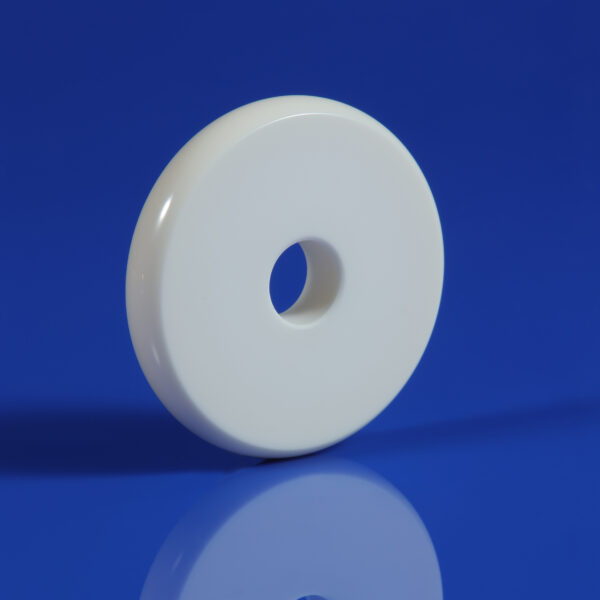
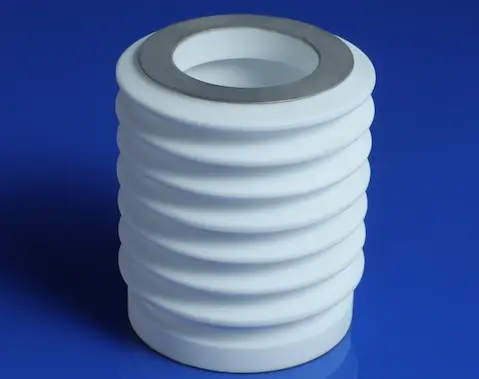
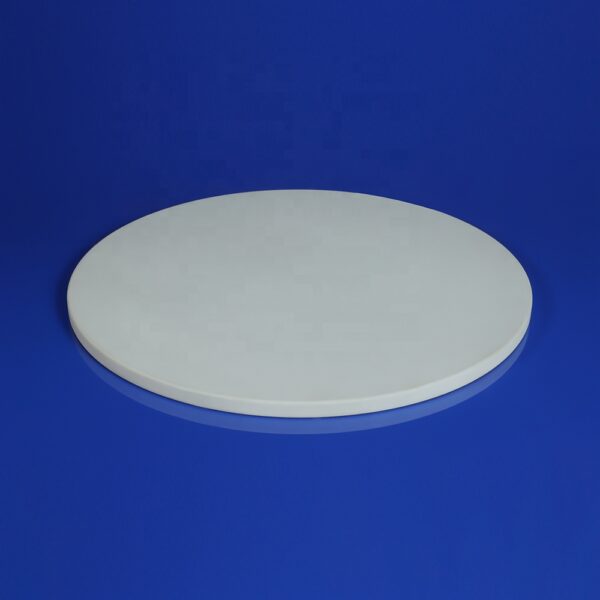
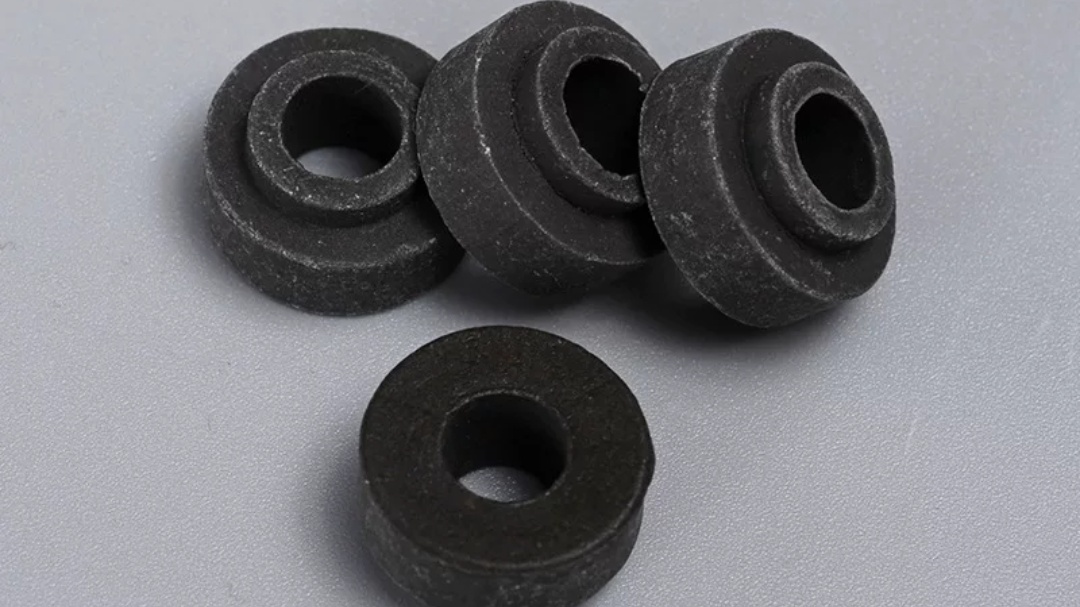
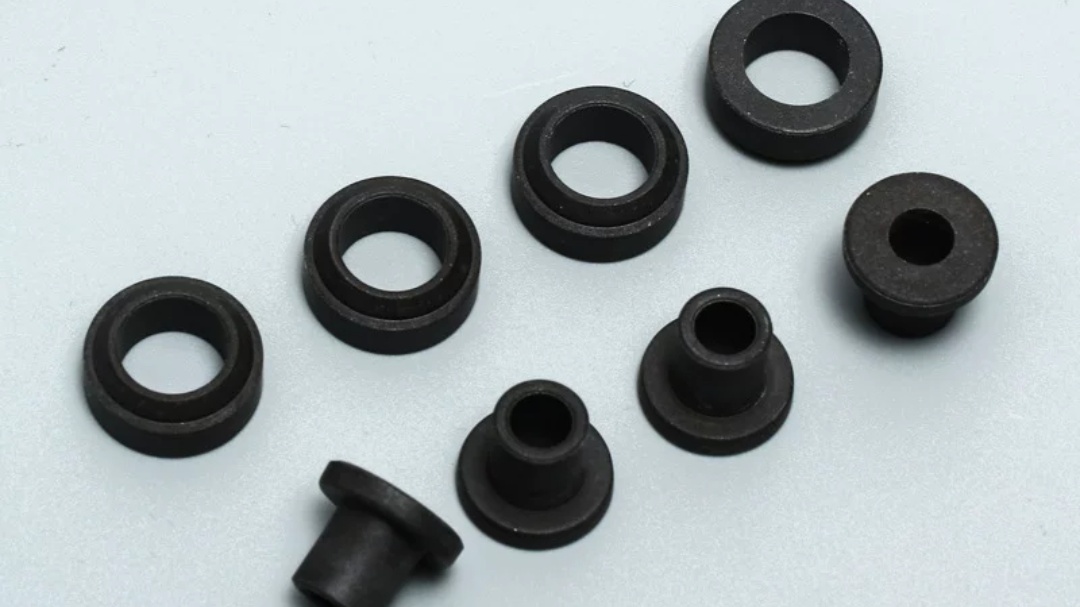

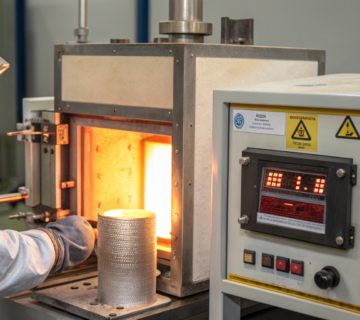
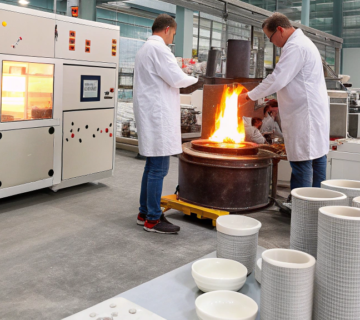

No comment